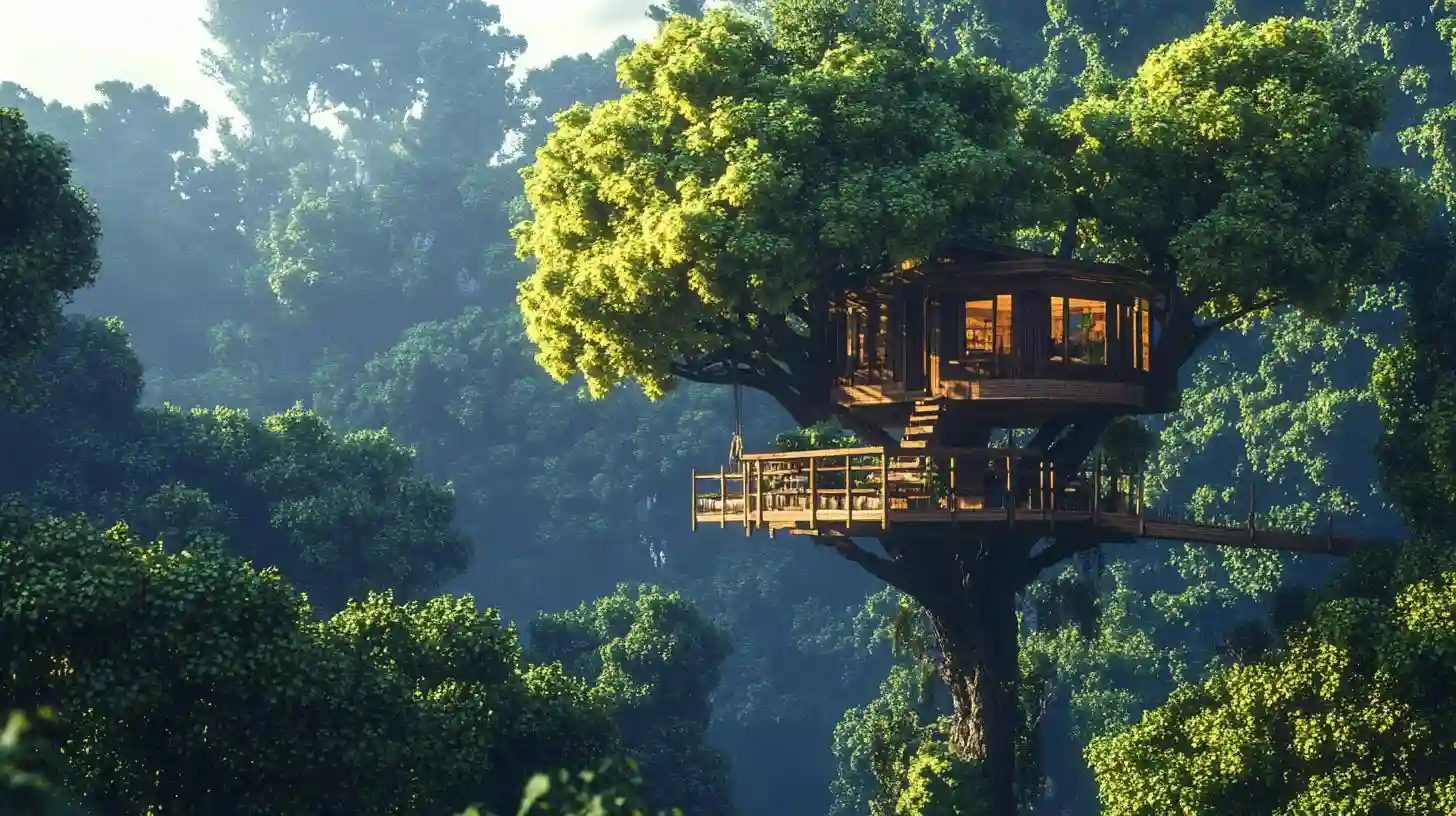
Curiosityarena

Building a treehouse can be an enchanting experience, blending creativity with the serenity of nature. It offers not just a unique play space for children but can also serve as a serene retreat for adults. Creating a treehouse involves a thoughtful design process, careful material selection, and an understanding of construction principles. Every project is unique, guided by the environment and the purpose of the treehouse.
Before starting, one must select a suitable tree. The ideal tree is healthy and sturdy, preferably a hardwood variety like oak, maple, or hickory, which can support additional weight and withstand the test of time. Inspect the tree for signs of decay, excessive knots, or disease to ensure its longevity. The tree’s height and location are equally crucial; it should be accessible yet provide an adventurous feel. Once the tree is chosen, it's essential to sketch out the design of the treehouse. Drafting a plan first helps visualize the final result and incorporates features like windows, a ladder, or a rope swing. It can be helpful to include details such as dimensions, room layouts, and innovative uses of space, ensuring that the design caters to both functional needs and aesthetic desires.
Selecting the right materials is critical for durability and safety. Opt for pressure-treated lumber, specifically designed to resist decay and insects. Additionally, using plywood for the walls and roof can create a solid structure. Hardware, including screws, nails, and brackets, should be of high quality to withstand various weather conditions. The roof could be constructed with shingles to protect against rain and snow, while ensuring that proper drainage systems are in place to redirect water away from the treehouse.
When it comes to the construction phase, the first step is to build a platform. This platform should be securely anchored to the tree while allowing sufficient support. Using lag bolts to attach beams to the trunk and branches helps distribute the weight evenly, minimizing stress on any one part of the tree. A rigid frame will provide stability, with the platform raised high enough to give the treehouse an elevated view of the surrounding area.
Once the platform is completed, it’s time to build the walls. Creating walls from plywood panels cut to size can be done with simple tools, ensuring they fit appropriately. Leaving spaces for windows and a door will allow for natural light and airflow, enhancing the space’s comfort. Once the walls are up, it’s beneficial to add insulation between panels, especially if the treehouse is intended for year-round use. This insulation will help regulate temperature and keep it cozy during the colder months.
The roof is one of the most vital components, protecting the interior from rain and snow. A sloped roof is preferable as it allows water to flow off easily. Installing rafters ensures the roof's stability while providing sufficient height for comfortable movement within the treehouse. Covering the rafters with plywood and finishing it with shingles adds significant protection against the elements.
After the basic structure is completed, it's time to add character to the treehouse. Paint and decorate the exterior to incorporate personal style, whether through vibrant colors, murals, or natural wood finishes. Adding railings will enhance safety without detracting from the beauty of the surroundings. Creating outdoor elements like a small balcony or a porch can extend the living space and offer opportunities for relaxation. Inside, consider functional touches such as shelves, a desk, and cozy seating. These additions can transform the treehouse into a beloved hideaway.
Safety considerations are paramount throughout the entire process. Ensuring that the treehouse meets local building codes is a must. Check for necessary permits and regulations, as some areas have specific requirements for treehouse construction. Regular inspections should take place to ensure stability and safety. Using non-toxic paints and materials, especially when children will be using the treehouse, guarantees a safe environment.
Incorporating nature into the design can enhance the charm of a treehouse. Integrating elements like climbing vines, flower boxes, and natural wood gives a rustic feel that complements the outdoor setting. Consider using eco-friendly materials to minimize environmental impact. Ultimately, building a treehouse is not just about creating a structure; it is about fostering a connection with nature, sparking imagination, and crafting a space filled with memories.
The journey of constructing one can be as rewarding as the final product. Whether it becomes a fort for children, a quiet place for adults to escape, or a family project, a treehouse stands as a testament to creativity, effort, and the joys of spending time outdoors. Each step taken in this endeavor can lead to cherished moments and a deeper appreciation for the beauty of the natural world that surrounds us.